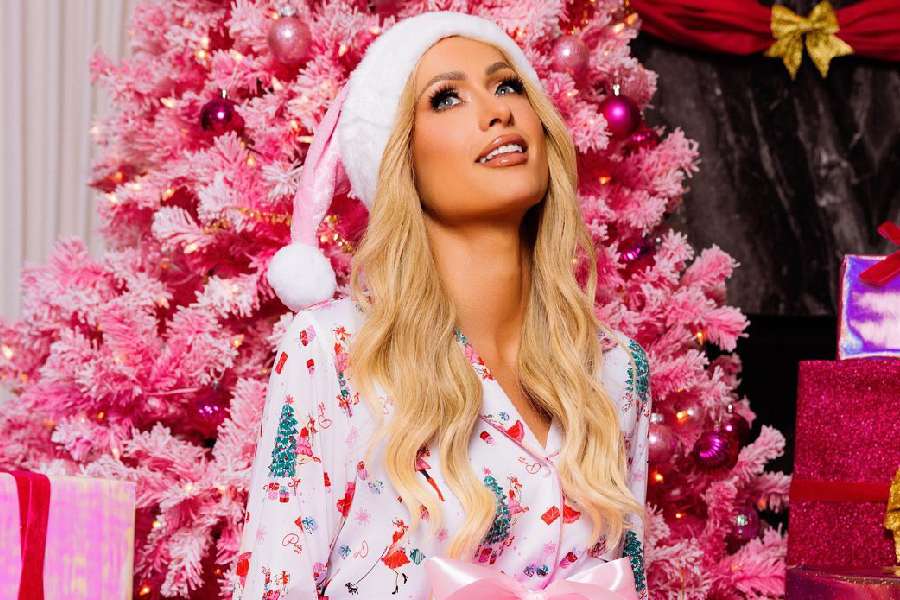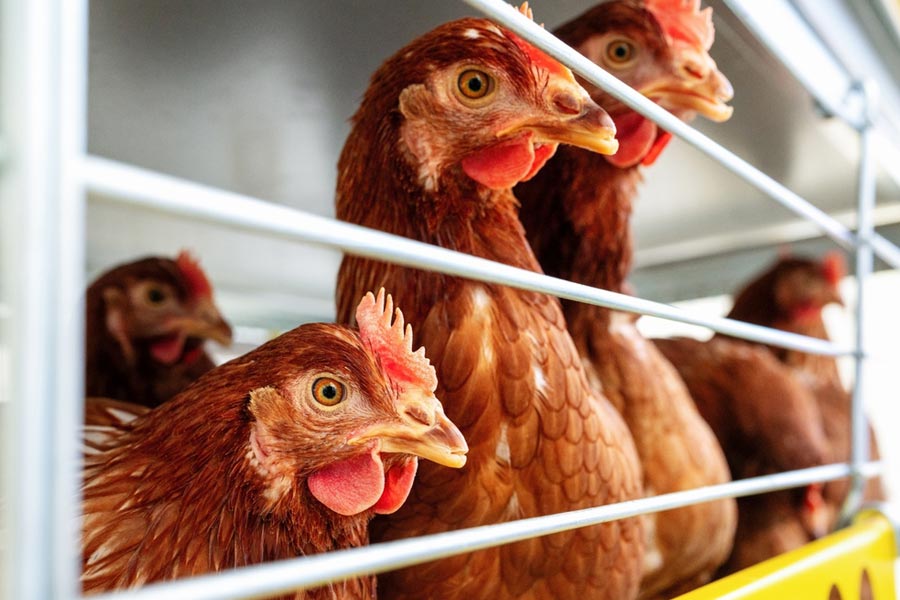The outcomes of 294 seats will decide the fate of Bengal’s crown. Yet, the symbolic importance of some seats is far greater than that of others. Nandigram — polls were held here yesterday — is an assembly constituency that has cast its long shadow over the rest of Bengal this election season. The incumbent chief minister, Mamata Banerjee, is battling her bête noire, Suvendu Adhikari, who switched over to the Bharatiya Janata Party recently. The sour relationship between the contestants has undoubtedly made Nandigram the cynosure of pundits and psephologists.
But the stature of the two political contestants in the fray should not deflect attention from another symbolic milestone achieved by Nandigram. It is commonly believed that regional issues propel assembly elections while national ones influence Lok Sabha polls. Nandigram seems to have turned this assumption on its head. In many ways, it is representing the tussle among the cross-currents that continue to shape national politics in India. The BJP has had no qualms about polarizing Nandigram’s electorate along religious lines. Religious division is not new in India; but Mr Adhikari’s party has the dubious distinction of turning it into political capital across the country. Attempting to confront this strategy of divisiveness is Ms Banerjee’s rhetoric of pluralism. She has been tirelessly reminding the people of Nandigram of their proud, inclusive history that helped them confront the brutal predations unleashed by the earlier Marxist regime when it tried to usher in industrialization using its preferred strong-arm tactic. The end — but not the means — cannot be disputed. The retreat of industry from Nandigram along with Singur crippled not only the hopes of Bengal’s industrial regeneration but also those of economic sustenance for the local youth. Indeed, the third diminutive knight in Nandigram’s arena — the candidate of the Communist Party of India (Marxist) — has raised the issue of rising unemployment, yet another aspect that will resonate with the national electorate. It remains to be seen whether Nandigram’s or, for that matter, India’s economic challenges manage to evoke a response from voters seduced by a narrative of hatred and division. Nandigram’s legacy is unique in Bengal’s political history. Now, by serving as a colosseum for contesting national choices, this tiny constituency has left an all-India imprint.











